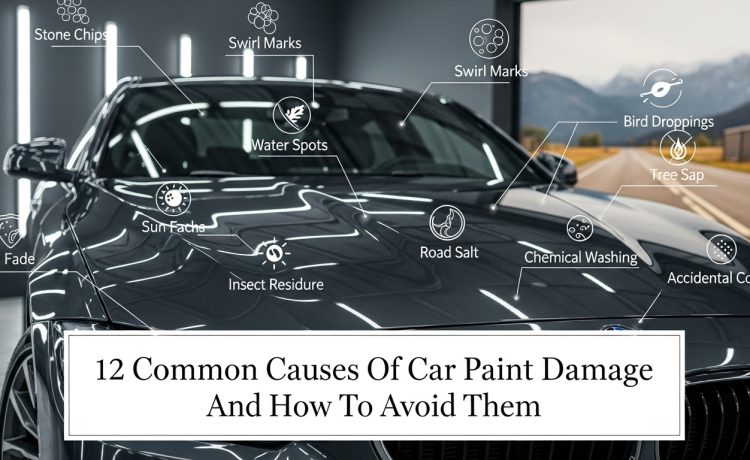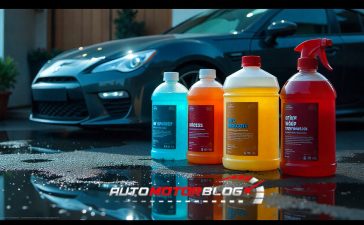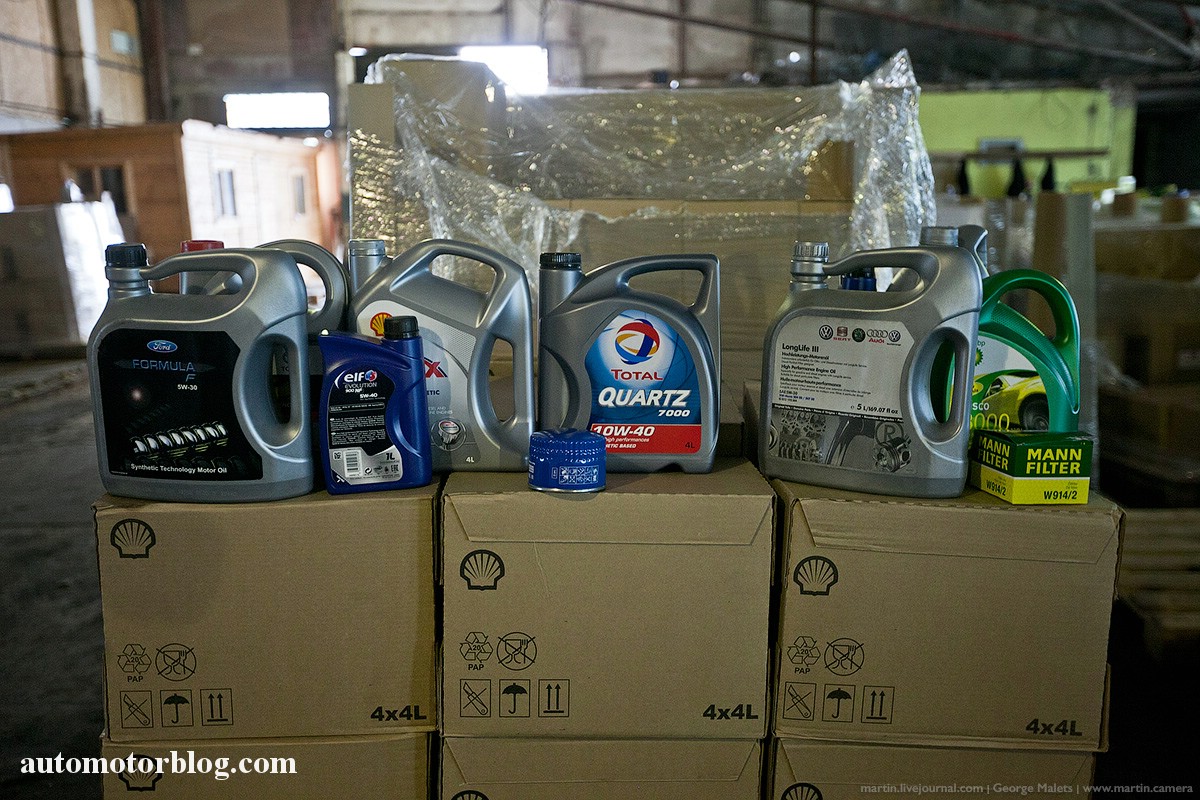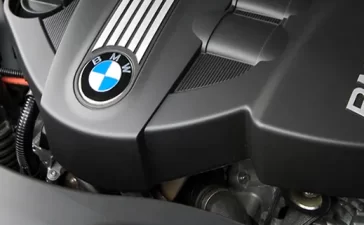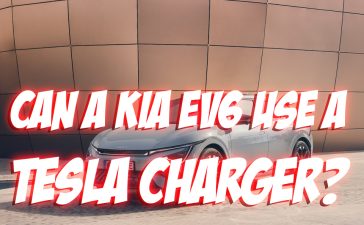The first step to keeping your car looking great for years is to figure out what causes paint damage. The finish on current cars is very tough, but it is always at risk from the weather, how people drive, and not taking care of them properly.
The worth of the car and its appearance may decrease in case it is scratched, stained, or faded due to small accidents or omitted risks. By determining what causes problems and how to prevent them, car owners will be able to safeguard their investment and maintain their cars in a state fresh out of the showroom.
Table of Contents
Exposure to The Environment
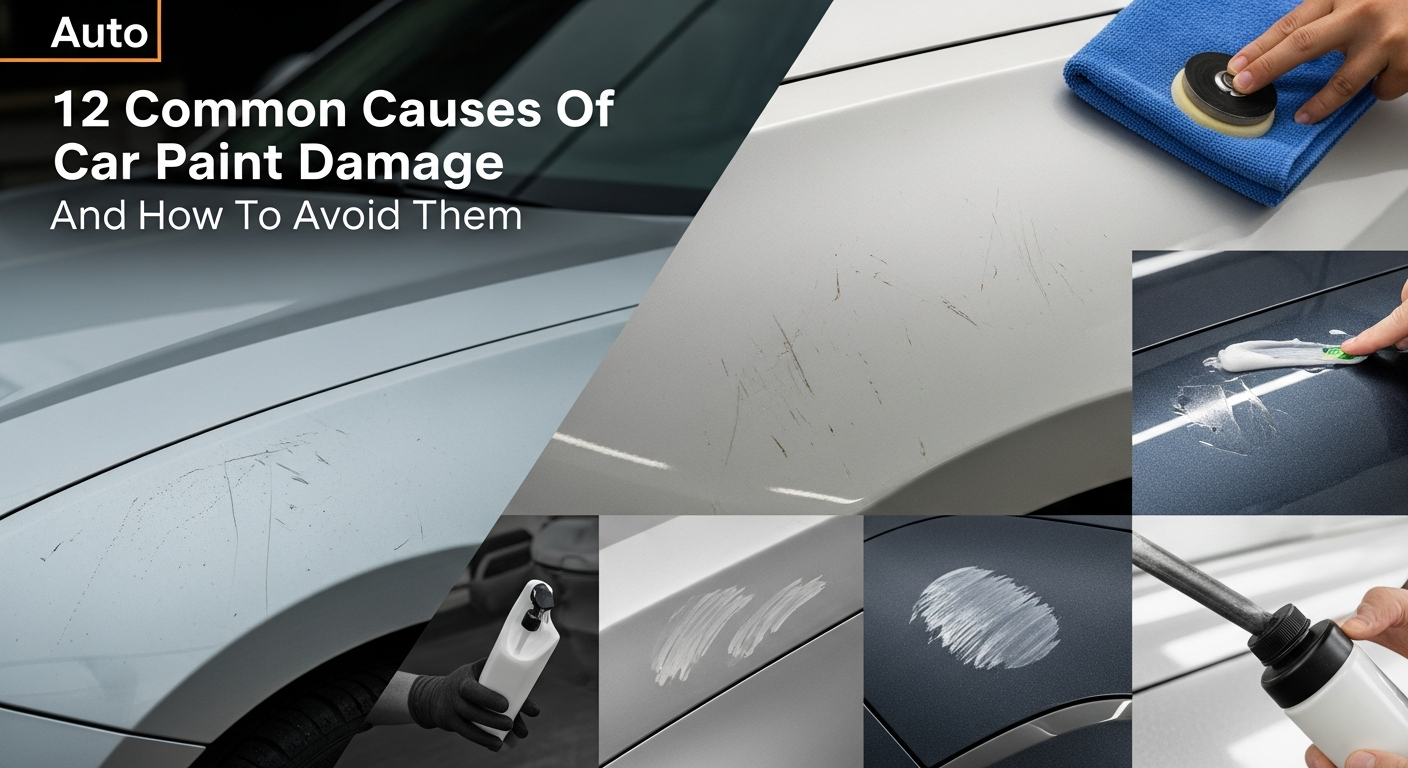
Among the things that may cause maximum damage to car paint is sunlight. In the course of time, the oxidation, fading, and dim appearance of paint are caused by the breaking of molecules by the ultraviolet rays. Parked vehicles that remain covered for long periods of time tend to discolor unevenly and have a powdery surface.
Damage to the surface also takes place through acid rain and air pollution. Damages from this kind of exposure are irreparable and can be further damaged with time. Application of protective coverings or high quality coatings also ensures that the paint is not affected by UV rays, as well as other objects that may destroy it.
Gravel and Debris on The Road
Stones, sand, and other debris that might chip or scratch the paint can get on a car when it drives on highways or unpaved roads. Little bumps add up and leave apparent flaws in the car’s paintwork.
In the winter, loose gravel or road salts make the problem worse because salt speeds up corrosion on metal that is exposed. Even though driving slower on gravel paths lowers the risk, putting a transparent PPF over the most vulnerable areas can soak up the power of impacts and stop chipping from reaching the paint.
Not Washing the Right Way
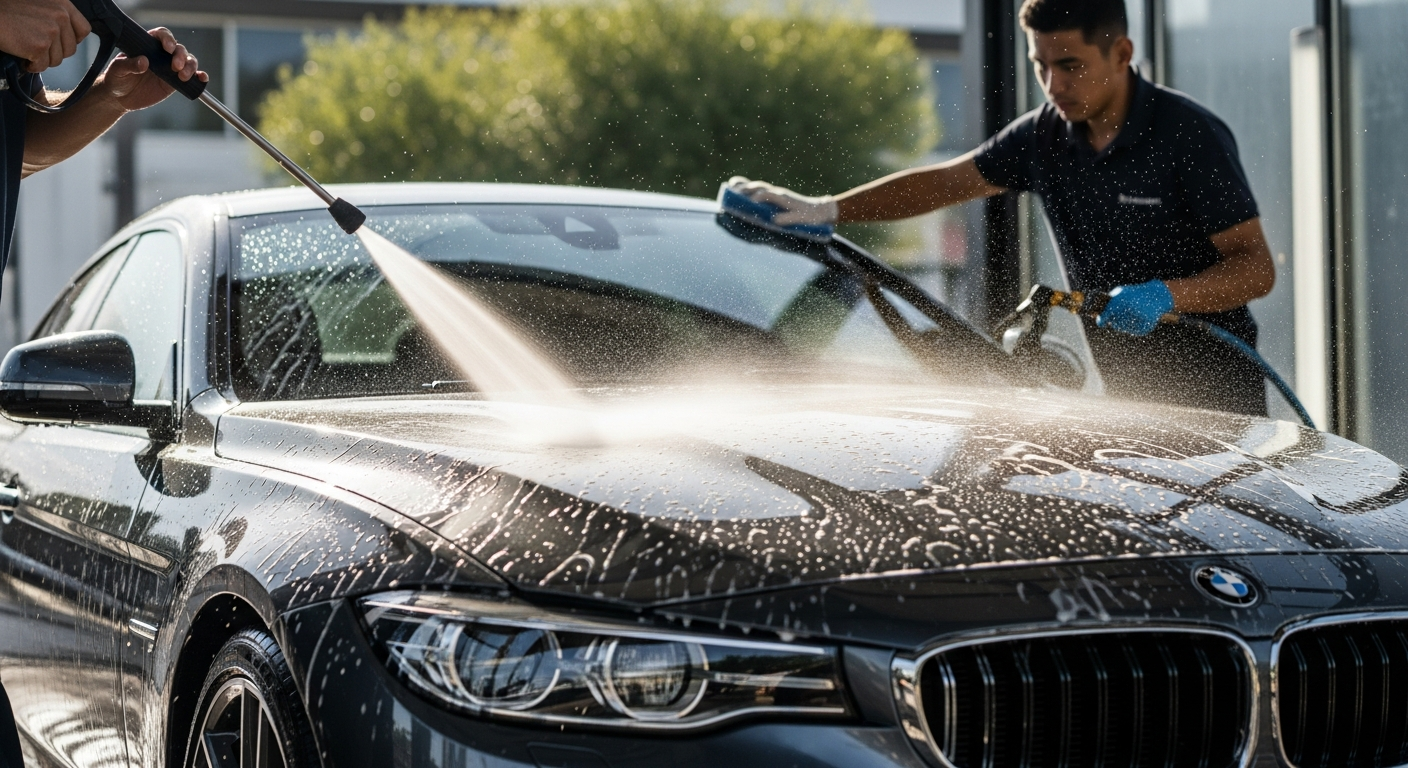
Individuals with cars, even when washing cars, tend to damage the paint unintentionally. Rough sponges, brushes, or dirty microfiber towels may damage the surface.
Powerful home cleaners or automated car washes using rough brushes can remove the layer of wax covering the surface and leave tiny scratches, or swirl marks as they are also known. Washing your hands using a soft microfiber mitt and a light automobile shampoo is the safest alternative.
The fine dirt particles are washed out beforehand, and this reduces the friction that ruins paint. To provide long-lasting protection, applying ceramic coating after cleaning forms a resilient barrier against mechanical wear.
Tree Sap and Bird Droppings
Organic pollutants are bird droppings, insect debris and tree sap all of which contain acidic elements and therefore can harm the paint unless they are removed. Droppings are particularly bad because their acidity can penetrate protective coatings within hours. Sap of the tree is very difficult to remove and hardens most of the time which is why it is difficult to remove it without destroying the surface.
Taking care of the automobile immediately with the correct car cleaners will aid in avoiding the etching and discoloring of the car. Examples of protective films include color PPF or satin PPF, which form a coating that is resistant to harmful toxins, which protects the paint that is kept safe under it.
Exposure to Chemicals
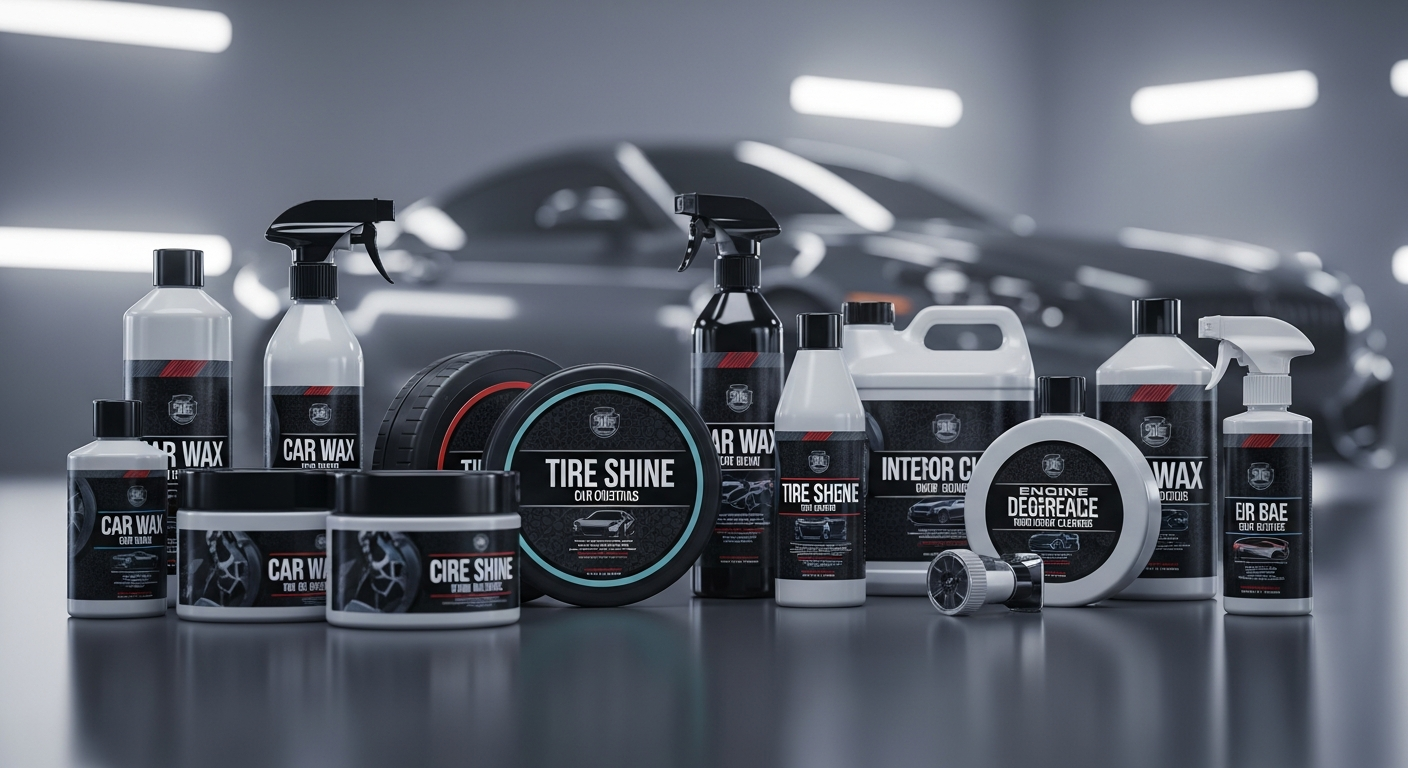
When you spill or spray gasoline, brake fluid or other automobile chemicals on paint, they may damage it. Bleach, pesticides, and even some detergents that are used in the household can also react with the car’s finish.
The exposure to these chemicals over a long period accelerates the deterioration process causing stains and peeling. Do not spill any liquids and wash up immediately. The use of coatings and films acts as a shield, preventing the chemicals that are harsh from reaching the layer of paint.
Parking Lot Scratches
Fine scratches, dings, and door marks can happen to a car when there isn’t enough room to park and people walk carelessly. When shopping carts and other cars hit your automobile, they often cause minor scratches that build up over time.
To lower the chance of accidental scratches, stay away from crowded areas or pick end spots. Putting a protective film or satin PPF over high-contact areas like door edges and bumpers keeps the finish safe and lets you use the car every day without anxiety.
Wrong Detailing Products
There are products that are not safe to detail on car paint. Paintings that have been put on with harsh chemicals in the waxes, polishes or even coating may have layers that peel or streaks that are uneven. Autos may be oxidized, clouded, or permanently stained using items that are not intended to be used on autos. Car lovers are expected to use quality products and follow the label instructions carefully since they are paint-safe. When applied on a ceramic coating, safe detailing may maintain the shine without being susceptible to chemical damage.
Pollutants in The Environment
Car surfaces that are left behind by smog and industrial debris contain tiny metal particles or contaminants. These particles will not strike you immediately but they are sandpaper in the long run and when you wipe or wash paint across them they leave scratches and dull the paint.
Parking is safer when you are not close to factories or highways but still, films and coatings are the most appropriate way of safeguarding yourself. Clear PPF does not alter the original finish but instead coats the car and prevents it from deteriorating over time, thus protecting the car.
Very Hot or Very Cold Temperatures
Sudden fluctuations in temperature: cold nights and hot days are pressures on automotive paint. Expanding and contracting materials may form microscopic cracks or crazing which make things appear worse. In extremely bad cases, this may cause the paint to crack or peel.
Parking in a garage ensures that there is no excessive change in temperature and your car is not affected by bad weather. Strong-performance coating helps the paint to remain in changing weather conditions by rendering it resistant to heat.
Buffing and Polishing Incorrectly
The next trick that may be applied by individuals to restore luster is polishing and buffing, however, unless they are proficient at it, they might go too far removing clear coats or leaving swirl marks. The excessive pressure or sharp chemicals will not enhance the paint layer but ruin it.
Proper training or hiring pros to do the job protects the finish while still bringing back its shine. When you add a protective layer like color PPF or ceramic coating to this technique, the effects last longer and you don’t have to polish as often.
Not Taking Safety Precautions
Many drivers are not even aware of the fact that it is so helpful to use protection. Movies and paints resemble the protective barriers that keep off scratches, chemical spills and environmental damage. Unless you listen to such alternatives, the car will end up being worn out and faded well before it should.
Such products as satin PPF and ceramic coating allow the paint to be held longer, maintain its color, and reduce the amount of time required to maintain it. Discussing what to do before it happens prevents small issues from becoming large, costly ones.
Interaction with Animals

Animals can also harm paint. Cats, raccoons, and birds will tend to scratch or make a stain when walking on cars. Parking in the open field means that animals are likely to get in touch with your car leaving claw trails or litter. Some form of covering the cars or some protective film could also go a long way in reducing the damage caused by such collisions.
These, combined with a long lasting coating, ensure that the finish of the original paint does not go rough on the exterior.
Keeping the Finish on Your Car Safe
Car owners may make smart choices that will help their cars last longer and look better if they know what causes paint damage. Visible damage is caused by things like exposure to the environment, garbage on the road, washing it the wrong way, chemicals, and normal wear and tear.
Protective films that prevent the penetration of scratches and stains, as well as impacts, are all types of clear PPF, color PPF, and satin PPF. Ceramic coating, on the other hand, is resistant to both chemical and environmental stressors in the long term.
Cars can retain the appearance of a showroom even in the extreme case, provided that they are well maintained, washed properly, and protection agents are sensibly applied.
A small action to prevent issues at this time makes the car continue to look good and adds to its resale value, so that the driving experience will remain a visual pleasure in the years to come.


